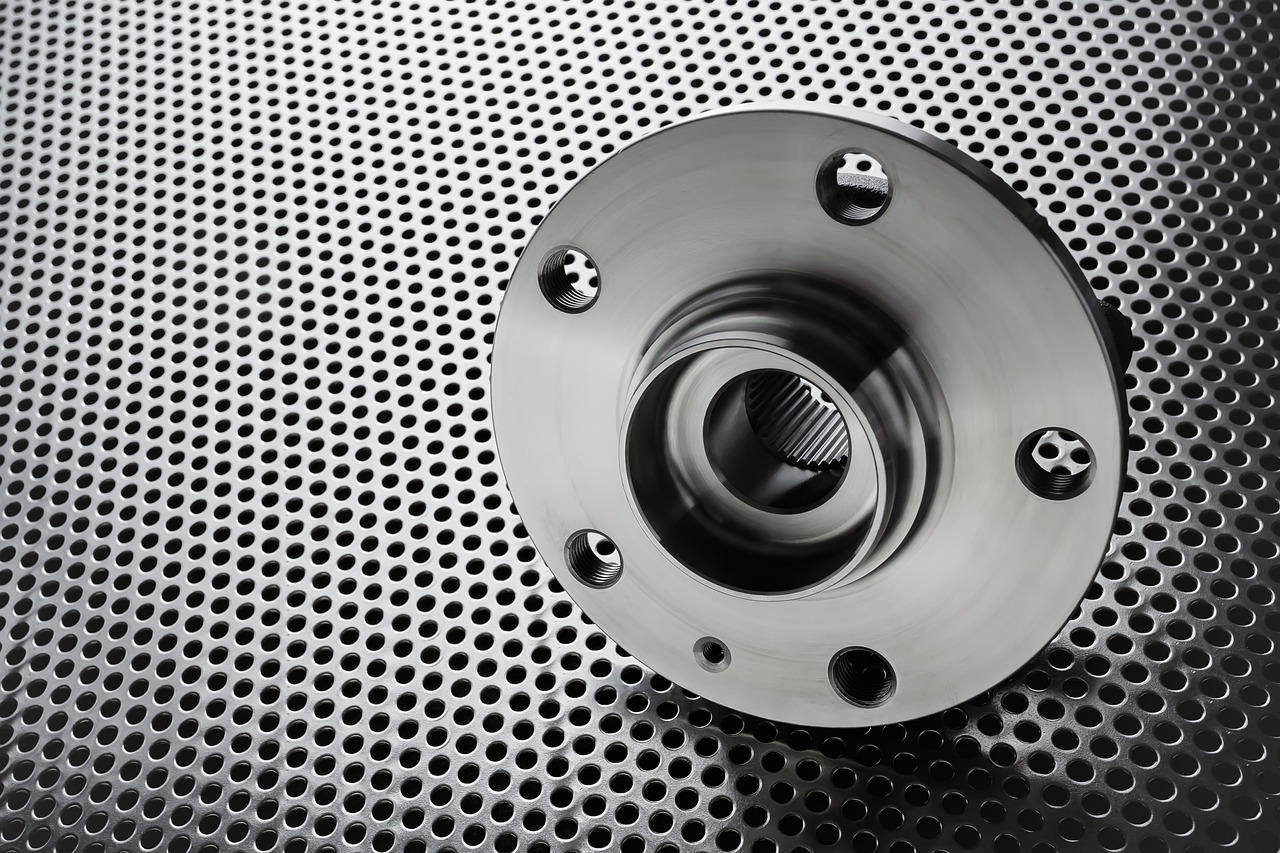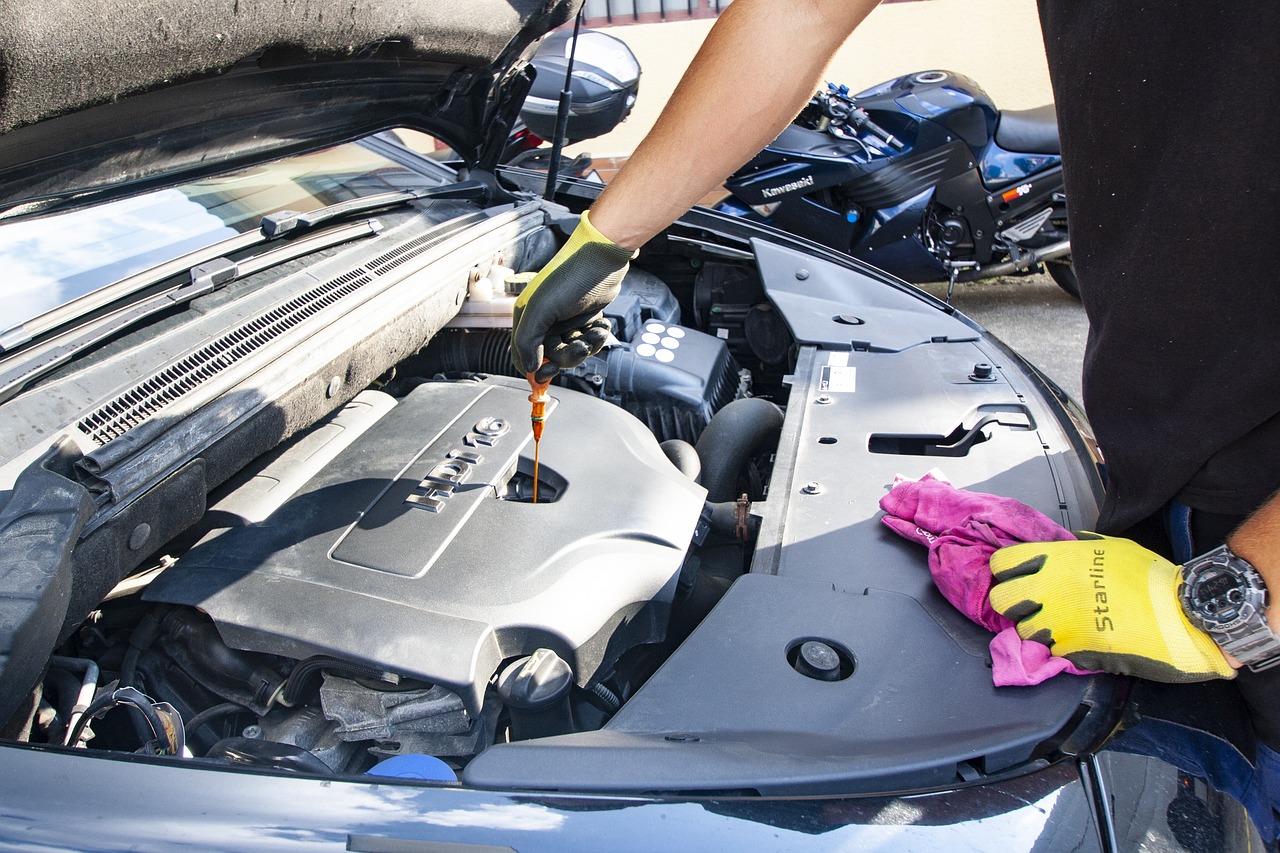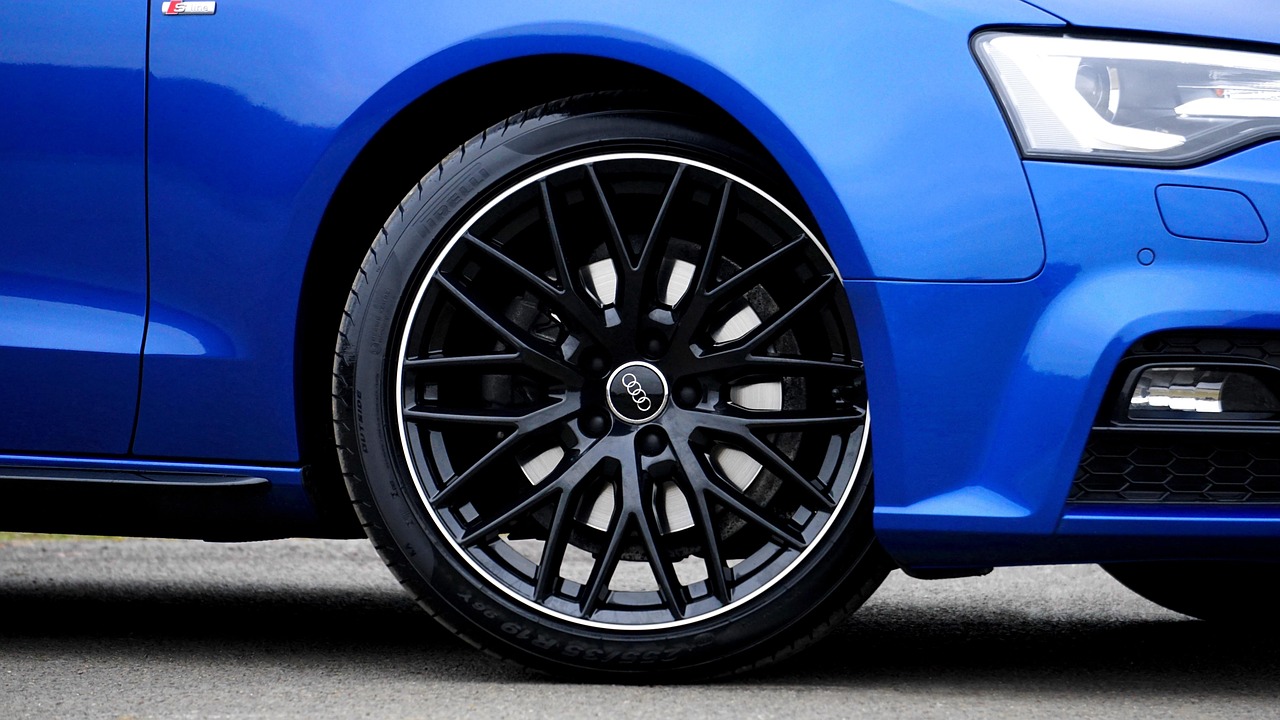Owning an Audi A5 Cabriolet is a thrill. The sleek styling, the exhilarating drive, and, of course, the joy of putting the top down on a perfect day. But like any vehicle, it needs maintenance, and if you’ve noticed a humming noise that grows louder with speed or a slight vibration in the steering wheel, your wheel bearings might be on their way out.
Replacing wheel bearings isn’t the most glamorous DIY project, but it’s one that can save you a hefty mechanic’s bill. If you’re up for the challenge, let’s walk through the process step by step.
Signs Your Wheel Bearings Need Replacement
Before jumping into the repair, it’s essential to confirm the bearings are the issue. Here are a few telltale signs:
- A persistent humming or growling noise that changes with speed
- Steering feels “loose” or less responsive than usual
- Uneven tire wear
- A grinding sensation when turning
- Wheel wobble or vibration, especially at highway speeds
If you’re experiencing any of these symptoms, it’s time to investigate further before the problem worsens.
Tools and Parts You’ll Need
Before tearing into your Audi’s suspension, gather the necessary tools:
- Floor jack and jack stands
- Lug wrench
- Torque wrench
- Socket set (including 17mm, 18mm, and 21mm sockets)
- Breaker bar
- Hammer and pry bar
- Bearing puller or slide hammer
- New wheel bearing and hub assembly (OEM recommended for best fit)
- Brake cleaner
- Protective gloves and safety goggles
Having everything on hand before starting will make the process smoother and prevent frustrating delays.
Step-by-Step Guide to Changing the Wheel Bearings
1. Lift the Car and Remove the Wheel
Start by parking on a level surface and engaging the parking brake. Loosen the lug nuts slightly before lifting the car with a floor jack. Secure it with jack stands for safety, then fully remove the wheel.
2. Remove the Brake Caliper and Rotor
Unbolt the brake caliper using a socket wrench, then carefully hang it with a zip tie or bungee cord to avoid putting stress on the brake hose. Next, remove the brake rotor. If it’s stuck, a few taps with a rubber mallet should help free it.
3. Take Off the Wheel Hub Assembly
Now comes the tricky part. Audi uses a press-fit wheel hub, meaning it’s tightly secured to the knuckle. You’ll need to remove the axle nut (a breaker bar makes this easier) and then use a bearing puller or slide hammer to extract the hub.
Pro Tip: If the hub seems welded in place by rust, apply a generous amount of penetrating oil and give it time to work before attempting removal.
4. Install the New Wheel Bearing
Position the new wheel bearing correctly, ensuring it sits flush before pressing it into place. If your Audi uses a hub assembly with the bearing pre-installed, bolt it in firmly using the proper torque specifications.
5. Reassemble Everything
Reverse the steps you followed for disassembly. Reinstall the axle nut, brake rotor, and caliper, ensuring everything is torqued to Audi’s specifications. Finally, mount the wheel, tighten the lug nuts by hand, lower the car, and finish tightening to spec with a torque wrench.
Double-Check Your Work
Before hitting the road, spin the wheel by hand to ensure there’s no unusual resistance. Also, listen for any odd noises. A smooth rotation means you’re good to go.
Take a short test drive, paying attention to steering response and any lingering noises. If everything feels solid, you’ve successfully tackled a job that many would leave to a mechanic.
Final Thoughts
Replacing wheel bearings on an Audi A5 Cabriolet isn’t a quick task, but it’s a doable one with patience and the right tools. Not only will you save a significant amount on labor costs, but you’ll also gain a deeper understanding of your car’s suspension system.
If you’ve undertaken this repair yourself, drop a comment below to share your experience. Let’s keep the DIY spirit alive!






